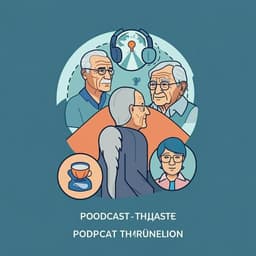
Sociology
Eight years of homicide evolution in Monterrey, Mexico: a network approach
R. Dorantes-gilardi, D. García-cortés, et al.
This insightful paper delves into the spatiotemporal evolution of homicides in the Monterrey Metropolitan Area from 2011 to 2018. Conducted by Rodrigo Dorantes-Gilardi, Diana García-Cortés, Hiram Hernández-Ramos, and Jesús Espinal-Enríquez, the research uncovers revealing patterns, including the lack of distance-dependent correlations and the impact of socioeconomic barriers, set against the backdrop of Mexico's Drug War.
Playback language: English
Related Publications
Explore these studies to deepen your understanding of the subject.







